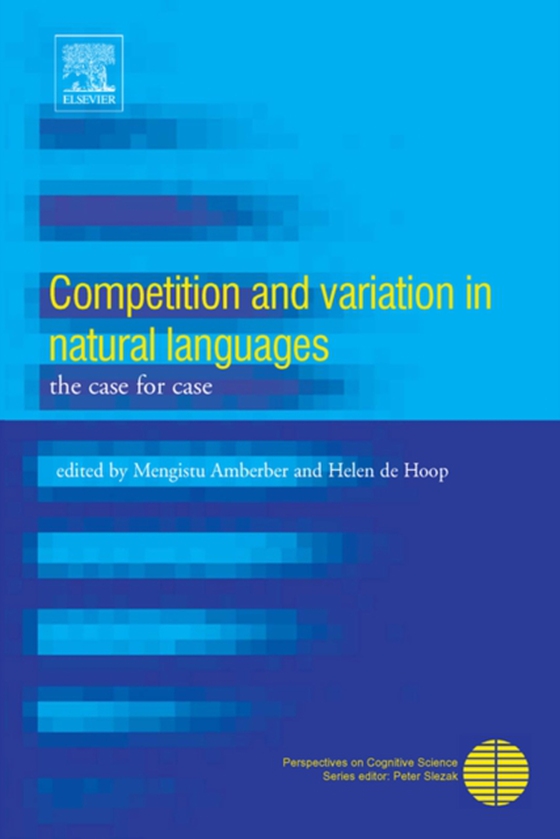
Competition and Variation in Natural Languages e-bog
692,63 DKK
(inkl. moms 865,79 DKK)
This volume combines different perspectives on case-marking: (1) typological and descriptive approaches of various types and instances of case-marking in the languages of the world as well as comparison with languages that express similar types of relations without morphological case-marking; (2) formal analyses in different theoretical frameworks of the syntactic, semantic, and morphological p...
E-bog
692,63 DKK
Forlag
Elsevier Science
Udgivet
30 juni 2005
Længde
374 sider
Genrer
Psycholinguistics and cognitive linguistics
Sprog
English
Format
pdf
Beskyttelse
LCP
ISBN
9780080459776
This volume combines different perspectives on case-marking: (1) typological and descriptive approaches of various types and instances of case-marking in the languages of the world as well as comparison with languages that express similar types of relations without morphological case-marking; (2) formal analyses in different theoretical frameworks of the syntactic, semantic, and morphological properties of case-marking; (3) a historical approach of case-marking; (4) a psycholinguistic approach of case-marking. Although there are a number of publications on case related issues, there is no volume such as the present one, which exclusively looks at case marking, competition and variation from a cross-linguistic perspective and within the context of different contemporary theoretical approaches to the study of language. In addition to chapters with broad conceptual orientation, the volume offers detailed empirical studies of case in a number of diverse languages including: Amharic, Basque, Dutch, Hindi, Japanese, Kuuk Thaayorre, Malagasy and Yurakare.The volume will be of interest to researchers and advanced students in the cognitive sciences, general linguistics, typology, historical linguistics, formal linguistics, and psycholinguistics. The book will interest scholars working within the context of formal syntactic and semantic theories as it provides insight into the properties of case from a cross-linguistic perspective. The book also will be of interest to cognitive scientists interested in the relationship between meaning and grammar, in particular, and the human mind's capacity in the mapping of meaning onto grammar, in general.
 Dansk
Dansk

